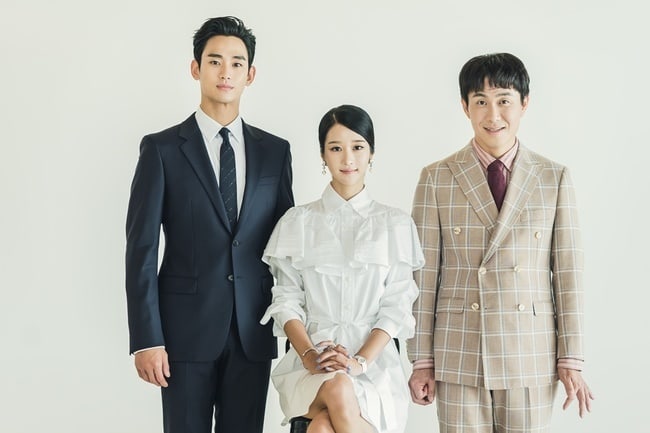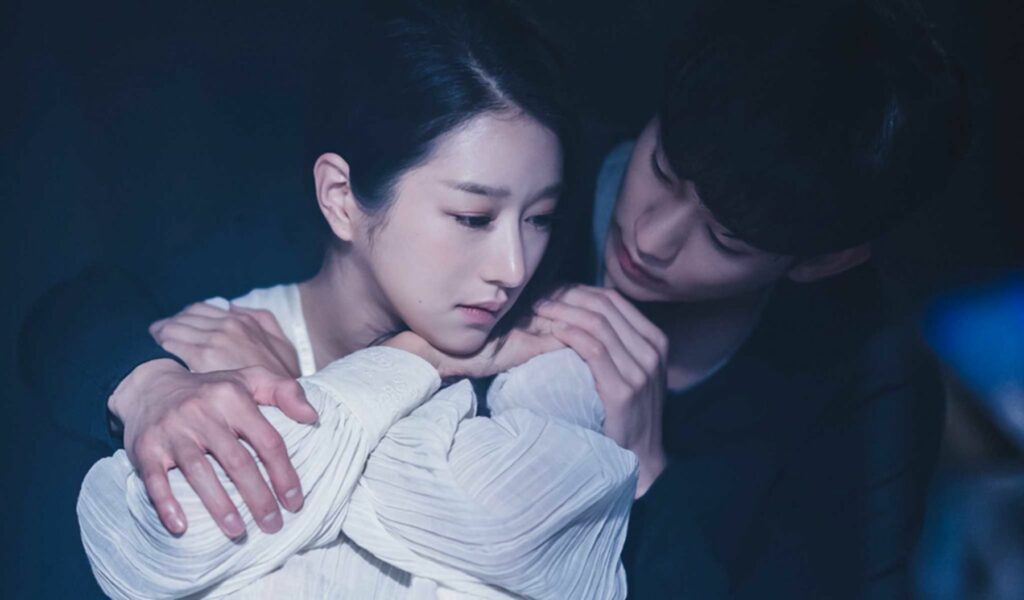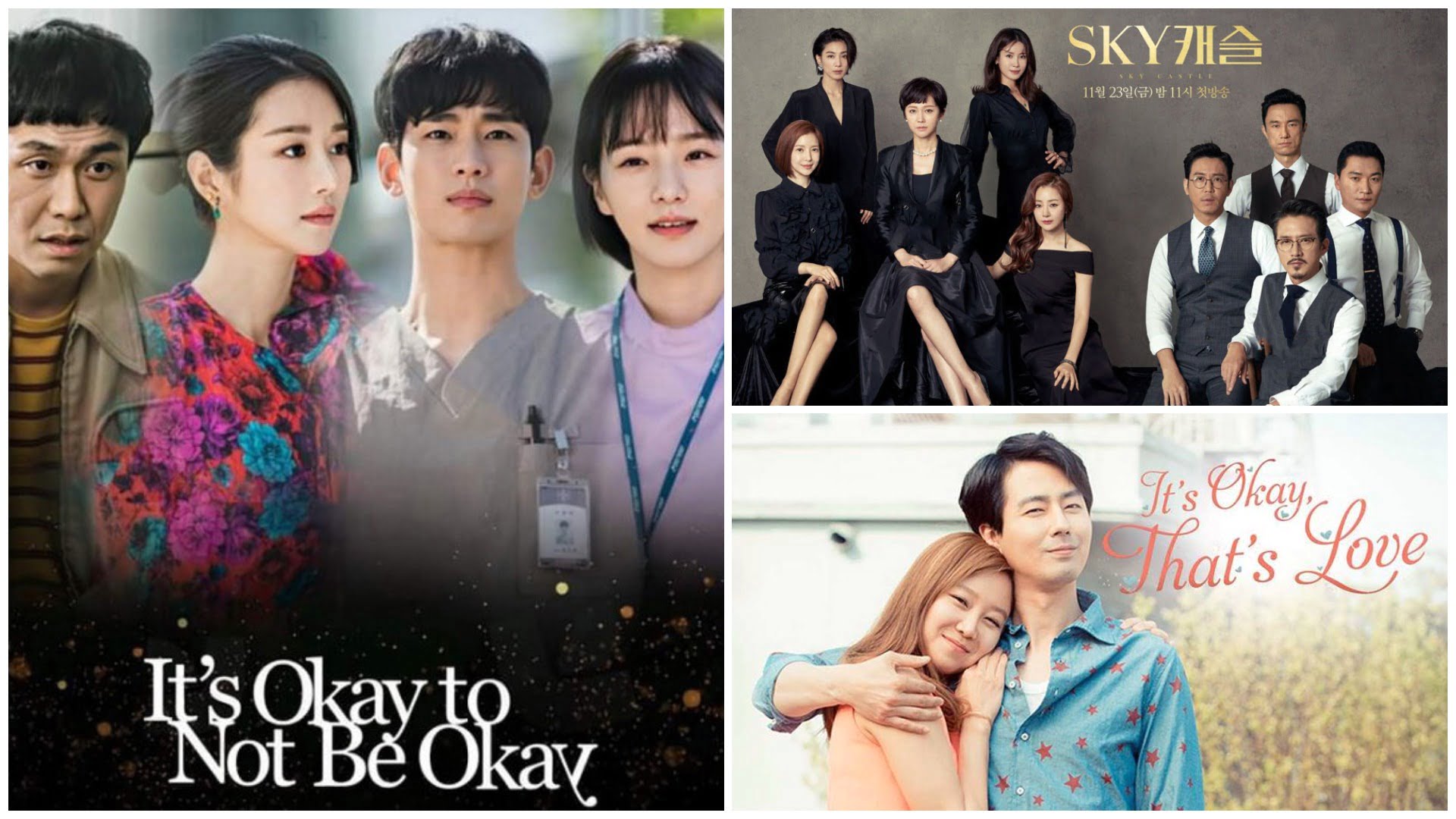Trigger Warning: This article discusses the representation of mental health issues in K-Dramas and mentions depression, anxiety, personality disorders and eating disorder.
The world of K-Drama provides umpteen choices to its audience. From innocent puppy love stories to intense, action-packed thrillers, the K-Drama world has everything for everyone.
The Hallyu wave, or the Korean wave 2.0 began in 2021 with the release of ‘Squid Game’. The spooky thriller depicts a total of 456 players playing kids’ games in order to win the cash prize. The sinister twist is that the eliminated players will not only be out of the game but out of the world (they will be shot down). This K-Drama managed to pull in 1.65 billion hours of viewing in just 28 days around the globe. After the success of K-Dramas such as Squid Game, Hometown Cha Cha Cha and All Of Us Are Dead, there is a larger fandom in and around the world.
The beginning of K-Drama
The beginning was roughly around the 1960s when the first K-Drama, ‘Love and Marriage’ was aired on television. The show was melodramatic in nature and focused on the lives of wealthy and influential families.

Throughout the 1970s and 1980s, K-Dramas continued to be melodramatic and had storylines which included love triangles and family conflicts. However, K-Dramas began to evolve massively in the 1990s when they diversified their content by bringing in more genres such as romantic comedies and historical dramas. Additionally, during this period K-dramas began to garner attention internationally, majorly in the South-Asian countries.
From the 2000s, the popularity of K-dramas sped up in the global sphere, thanks to the advent of the internet and online streaming devices. The popularity further skyrocketed with the coming of the Hallyu wave which led to the spread of Korean culture across the world.
From the 2000s, the popularity of K-dramas sped up in the global sphere, thanks to the advent of the internet and online streaming devices. The popularity further skyrocketed with the coming of the Hallyu wave which led to the spread of Korean culture across the world. Since then, K-dramas have continued to incorporate new genres such as fantasy, thrillers and crimes and have experimented with their storytelling techniques such as non-linear narratives and flashbacks too.

Moreover, K-dramas began to tackle important social issues, including mental health, LGBTQ+ rights, and gender equality. This made them not just a source of entertainment, but also an important tool for social commentary and audience engagement.
K-Dramas and mental health
One of the many reasons why K-dramas have created a place for themselves among the audience is because of the stories they tell. With riveting stories which are often akin to reality and relatable characters interspersed with various elements of the human experience – love, loss, family dynamics, and societal pressures, K-dramas are able to forge an emotional bond with their audience.
“Whenever I feel unhappy, I turn on comforting K-dramas such as Reply 1998 and I find myself giggling in no time. Not only could I highly relate to the characters of the show but also feel like they are just living my life.” Says Asna, a school student. The characters and their journeys often depict the extraordinary resilience and strength of the human spirit, providing a source of inspiration and hope in the face of adversity.

Over the years, K-dramas have also tried to include a variety of social issues as part of their stories, either as the main theme or sub-theme. One such social issue which has been brought to the forefront in K-dramas is Mental Health. They portray stories with characters who have mental health issues as lead characters who experience depression or anxiety, or supporting characters who are diagnosed with PTSD after traumatic events.
Some popular K-dramas that have addressed mental health issues include “It’s Okay to Not Be Okay,” which explores the relationship between a psychiatric ward caregiver and a children’s book author with antisocial personality disorder, “Hello, My Twenties!” which depicts a group of young women dealing with various mental health issues including depression, anxiety, and eating disorders and “Our Blues” that talks about multiple issues like depression, loneliness and fractured family relationships.
Some popular K-dramas that have addressed mental health issues include “It’s Okay to Not Be Okay,” which explores the relationship between a psychiatric ward caregiver and a children’s book author with antisocial personality disorder, “Hello, My Twenties!” which depicts a group of young women dealing with various mental health issues including depression, anxiety, and eating disorders and “Our Blues” that talks about multiple issues like depression, loneliness and fractured family relationships. Moreover, some other K-dramas such as “Kill me, heal me” also shed light on mental health concerns such as multiple-personality disorder.
Mental health is still a taboo
While K-dramas have started to shed light on mental health issues, it’s important to note that mental health is still a taboo subject in many societies, including South Korea. Many people still feel ashamed or embarrassed to seek help if their mental health isn’t keeping well.
While it is true, K-dramas “has the potential to be therapeutic, even in just a short time period. It’s not meant to replace cognitive behavioural therapy or antidepressants, or seeing your doctor,” said Van Ta Park, the lead author of two studies that used K-dramas to discuss mental health.
However, the portrayal of these issues in K-dramas has helped to raise awareness and reduce the stigma around mental health in South Korea and beyond.

“In our culture, there’s a stigma to talking about even being depressed or being anxious. Let me tie in a K-drama and it really connects with the parents, especially,” said Jeanie Y Chang, a Korean American therapist who uses K-dramas as an aid in her therapy sessions. While it is true, K-dramas “has the potential to be therapeutic, even in just a short time period. It’s not meant to replace cognitive behavioural therapy or antidepressants, or seeing your doctor,” said Van Ta Park, the lead author of two studies that used K-dramas to discuss mental health.
Furthermore, K-dramas have normalised the concept of seeking professional help for people who are struggling with their mental health. For instance, in ‘It’s Okay to Not Be Okay,’ the main characters find healing and growth through therapy and the support of each other. Additionally, in ‘Hometown Cha Cha Cha’ the male lead also seeks therapy because of his childhood traumas. These depictions of mental health care can thus be a first step towards normalising seeking professional help for mental health issues.
About the author(s)
Alviya Haider is a freelance writer who likes to write on gender, art and culture, lifestyle, and entertainment. She skillfully uses both her words and her art to tell diverse stories, bringing unique perspectives to the topics she explores.




